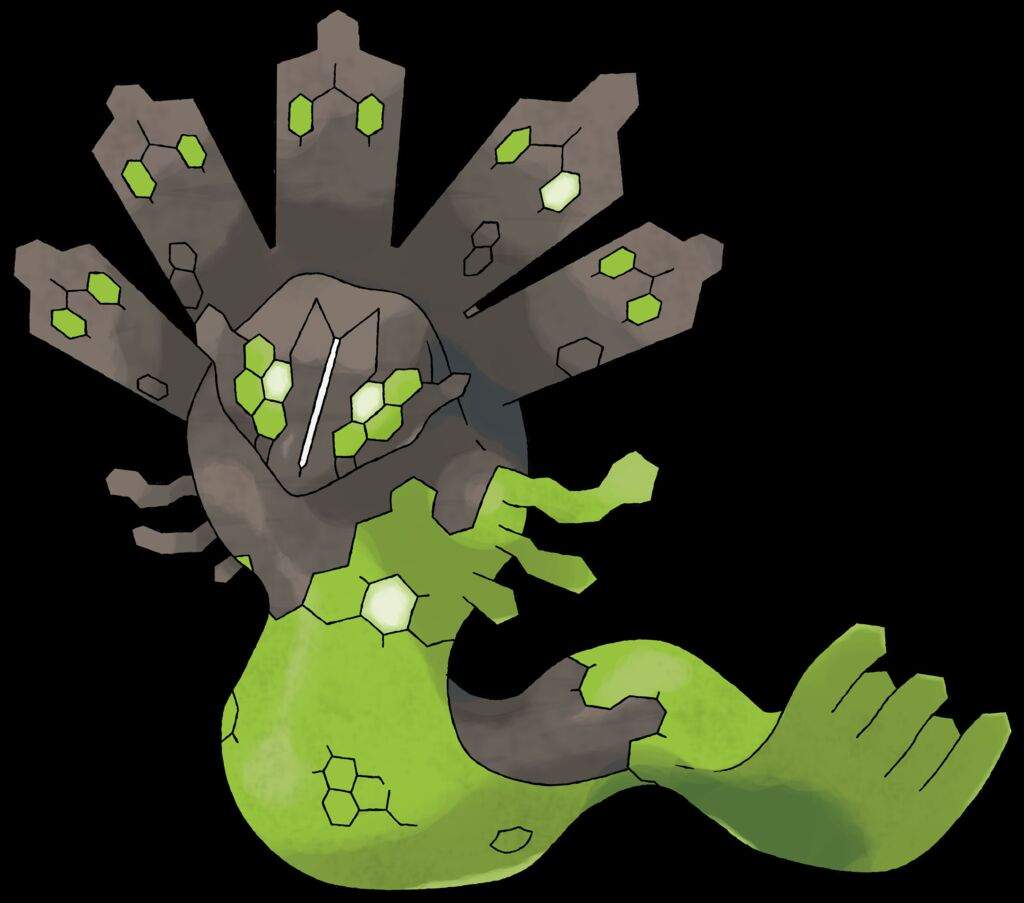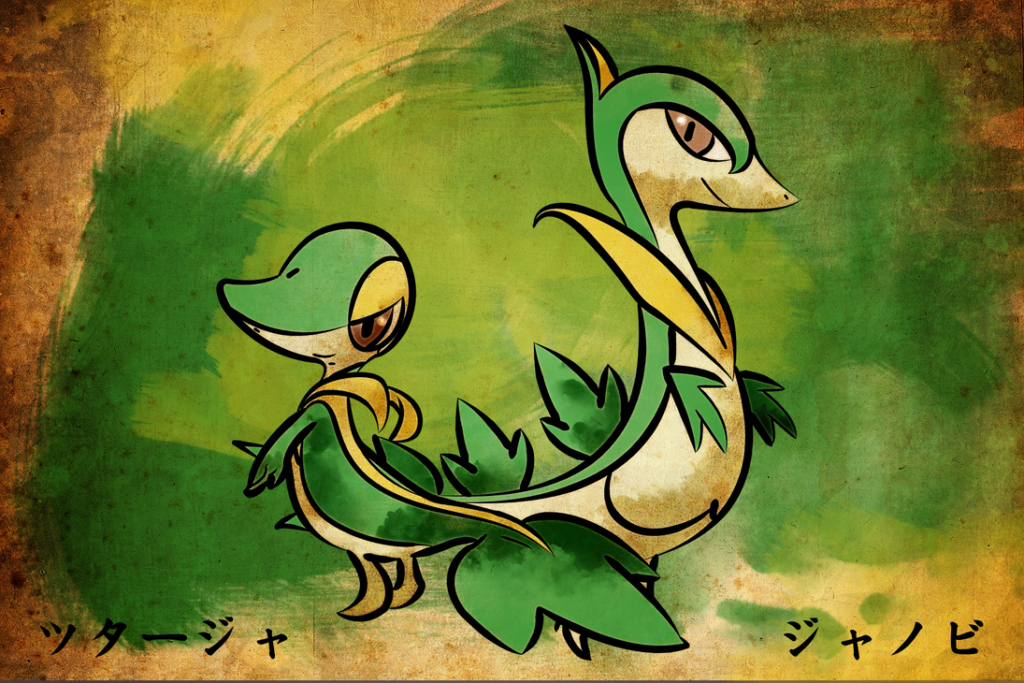
Locations such as the museum have changed and moved forward from the last game (ever wondered what happened to the fossils that were rescued at Mt. It may start off with Oak discovering the Pokédex for the hundredth time in the last 20 years, but get into the game and you’ll quickly realize that not only is this closer to a almost proper Red/Blue sequel, but is even set after the events of Sun/Moon.

One thing about the story and setting (without getting into any spoilers) is that this isn’t exactly a Red/Blue remake we assumed. It’s less co-op than it is two people playing as the same person, which while fun, isn’t exactly what people have been asking for. In fights you merely use Player 1’s collection, and while catching Pokémon, you can only catch them for Player 1. It technically works, sure, with the second player dropping in whenever, able to walk around with you (but since the map doesn’t follow you, you have to make sure to keep up or get lost off the screen), and join in battles, but you aren’t really there. Then there’s the much touted co-op, which is even less of a thing than the removal of random encounters. It turns out that giant rock snakes are actually huge. All Pokémon now appear on the screen walking around (even leaving the grass), but with spawns still randomized and automatic, rare Pokémon are still as rare as they always have been, and the methods of getting them to spawn (run in circles for hours) haven’t changed. One change that sounds like a bigger deal than it is was the removal of random encounters. Breeding isn’t here either, but having been in none of the Kanto remakes (remember, you could only breed on the Sevii Islands in Fire Red and Leaf Green), it’s not surprising.

The competitive scene is where this would matter, which is not this game’s focus. The removal of held items and abilities do take away a layer of strategy, but for some players the removal can go unnoticed as their direct effect on battles was negligible. The battle system is the same as it has always been, just with a new cleaner layout. You have Gyms to beat, badges to collect, Team Rocket plans to foil, an Elite Four to conquer, and a Pokédex to fill. When it’s hard to hit a Pokemon that also has a low catch rate, it’s a double-whammy of “why even bother”.Īs far as major game-changers go, though, that’s pretty much it. In other games, current damage, status effects, even certain moves and locations could affect catch rates, and add a level of control and strategy to pure RNG. Outside of single-use berries (taken straight out of Pokémon Go), there are no other ways to improve your catch success chances. If you fail to catch a Pokémon with your first 4 pokéball throws, that fifth one isn’t going to do much better. Problems with catching monsters don’t end with hitting them. It’s not the worst implementation in the world (my 8 year old sister loves it, even in handheld mode she plays with a single Joy-Con), but when the little monster is really moving around, it can lead to a lot of wasted pokéballs for no gain trying to hit it.

While docked you flick the joycon to throw pokéballs, and in handheld mode you aim with the gyro sensor and hit A (or any R/L button) to shoot. In true Nintendo form, there is no way to turn them off. For the creative among us though, this represents an invitation to be greater rather then rely on the old names.įirst of all, there are the motion controls. Sadly, Nintendo blocked some words this time around.


 0 kommentar(er)
0 kommentar(er)
